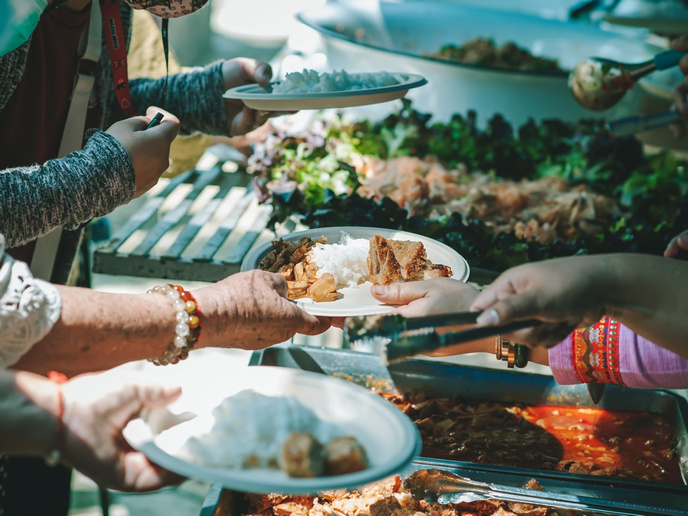Transforming the blue bioeconomy value chain
The economies of coastal communities, where 40 % of Europeans live, rely on marine resources. Innovative solutions that promote sustainable use and improve circularity are needed to revitalise these communities. The EU-funded BlueRev(opens in new window) project targeted the development of a blue economy where environmental protection and economic growth would go hand in hand.
Key actors in the blue bio-based sector
Creating viable alternatives to current business practices requires careful planning. BlueRev brought together local and regional authorities, biomass producers, SMEs, civil society organisations and marginalised groups to create site-specific solutions in Estonia, Greenland/Denmark and Italy. As project coordinator Ilaria Bientinesi shares: “Implementing innovative sustainable governance and business models in the blue bioeconomy requires understanding market trends, consumer behaviour, financial, social and governance barriers. Moreover, it is crucial to understand psychological drivers like social norms, perceived risks, benefits, identity, and cultural values, to effectively advance impactful social innovation for local communities.” The project employed advanced monitoring systems to assess the value chains in each case study. This information helped the project identify improved sustainable business and governance models along with social innovation frameworks for the blue bio-based sector. In addition to demonstrating the efficacy of its approach through case studies, BlueRev formulated a new paradigm of what a sustainable blue bioeconomy looks like in coastal communities. To this end, project activities fit into three categories: social innovation, business and governance models. Knowledge sharing and collaboration are central to the BlueRev paradigm. The BlueRev website works as an information hub for stakeholders interested in replicating the project’s success. It hosts demonstration videos, best practice guidelines, educational tools and other materials developed within the project.
Blue innovations in three case studies
In all the case studies, blue economy growth faced similar challenges: regulatory barriers, value chains that limited production scale up and market pressures that disadvantaged sustainable traditional products. The lack of skilled professionals is also an impediment for the technological advancement of the sector. “Each case addressed these barriers through tailored valorisation strategies – ranging from high-value bioproduct development and artisanal innovations to circular economy practices – demonstrating region-specific pathways toward a more resilient and sustainable blue bioeconomy,” explains Bientinesi. In Greenland, where 90 % of the country’s exports derive from fishing, disposal of by-products is a problem due to the isolation and geographic dispersal of processing sites. Given the high protein content of the biomass, this is both wasteful and expensive. BlueRev explored new markets for side-streams and improved waste-water management. In Estonia the project investigated the valorisation of farmed Furcellaria lumbricalis(opens in new window), a red algae species with numerous market applications, including food, nutraceuticals, bioplastics, agriculture, and cosmetics. BlueRev determined that farming the algae instead of harvesting it in the wild had a smaller carbon footprint. In Italy one focus was on valorising a traditional food product, Ritùnnu salàtu(opens in new window), which is made of menola, an abundant fish of relatively low commercial value. Promoting consumption of underutilised species like menola can relieve pressure on high-value and over-exploited species. Revitalising coastal economies through a blue bioeconomy paradigm shift requires all hands on deck. BlueRev has set a course for a more sustainable future through cross-cutting activities that foster knowledge transfer across research and industry, addressing skill gaps and promoting innovation and collaboration among universities, which are key partners of the project.







